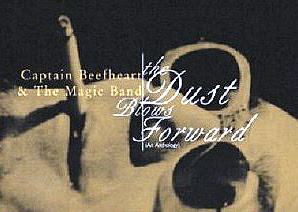Life in Darwin's dust: intercontinental transport and survival of microbes in the nineteenth century. 2007. A.A. Gorbushin, et al. Environmental Microbiology 9: 2911-2922.
Abstract: Charles Darwin, like others before him, collected aeolian dust over the Atlantic Ocean and sent it to Christian Gottfried Ehrenberg in Berlin. Ehrenberg's collection is now housed in the Museum of Natural History and contains specimens that were gathered at the onset of the Industrial Revolution.
Geochemical analyses of this resource indicated that dust collected over the Atlantic in 1838 originated from the Western Sahara, while molecular-microbiological methods demonstrated the presence of many viable microbes. Older samples sent to Ehrenberg from Barbados almost two centuries ago also contained numbers of cultivable bacteria and fungi.
Many diverse ascomycetes, and eubacteria were found. Scanning electron microscopy and cultivation suggested that Bacillus megaterium, a common soil bacterium, was attached to historic sand grains, and it was inoculated onto dry sand along with a non-spore-forming control, the Gram-negative soil bacterium Rhizobium sp. NGR234. On sand B. megaterium quickly developed spores, which survived for extended periods and even though the numbers of NGR234 steadily declined, they were still considerable after months of incubation. Thus, microbes that adhere to Saharan dust can live for centuries and easily survive transport across the Atlantic.
